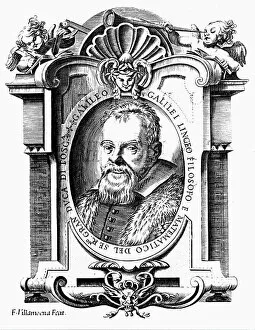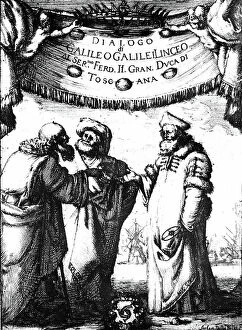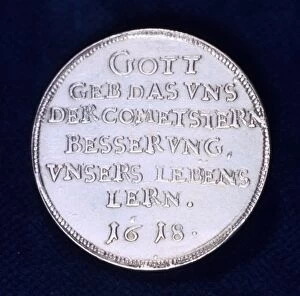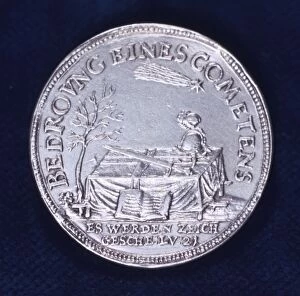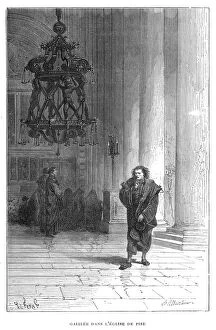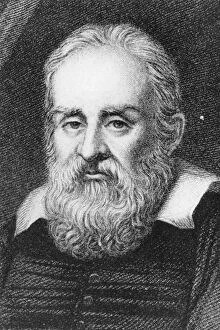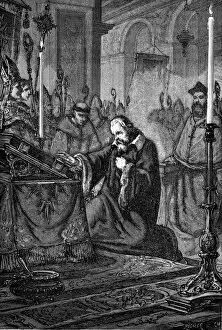1564 1642 Collection
Galileo Galilei (1564-1642), an Italian astronomer, mathematician, and physicist, left an indelible mark on the world of science
All Professionally Made to Order for Quick Shipping
Galileo Galilei (1564-1642), an Italian astronomer, mathematician, and physicist, left an indelible mark on the world of science. His groundbreaking discoveries and revolutionary ideas challenged the prevailing beliefs of his time. In this copperplate engraving, we see a portrait of Galileo captured in all his intellectual brilliance. The lines etched on the paper seem to convey his unwavering determination to unravel the mysteries of the universe. The frontispiece to Dialogo sopra i due massimi sistemi del mondo, published in 1632, showcases Galileo's profound understanding of celestial mechanics. Through this engraving, he invites us into a world where scientific inquiry reigns supreme. A remarkable oil painting from 1861 depicts Galilei before the Council – a poignant reminder of how his relentless pursuit of truth led him into conflict with religious authorities. This powerful image captures both his defiance and vulnerability as he defended his theories against persecution. This reverse side of a commemorative medal reminds us that even natural phenomena like comets fascinated Galileo. He saw them as opportunities for further exploration and discovery – gateways to unlocking new knowledge about our vast universe. The obverse side of another medal commemorating the same comet serves as a testament to Galileo's ability to inspire awe and wonder through his observations. His keen eye allowed him to uncover hidden truths about celestial bodies that had eluded others for centuries. The title page from Dialogo sopra i due Massimi Sistemi del Mondo transports us back in time to Florence in 1632 when this groundbreaking work was first published. It symbolizes not only Galileo's intellectual prowess but also his courage in challenging established dogma. An intriguing depiction shows young Galilei observing the swaying chandelier inside Pisa Cathedral around 1584. This momentous event sparked curiosity within him – igniting a lifelong passion for understanding the laws that govern our physical world.







